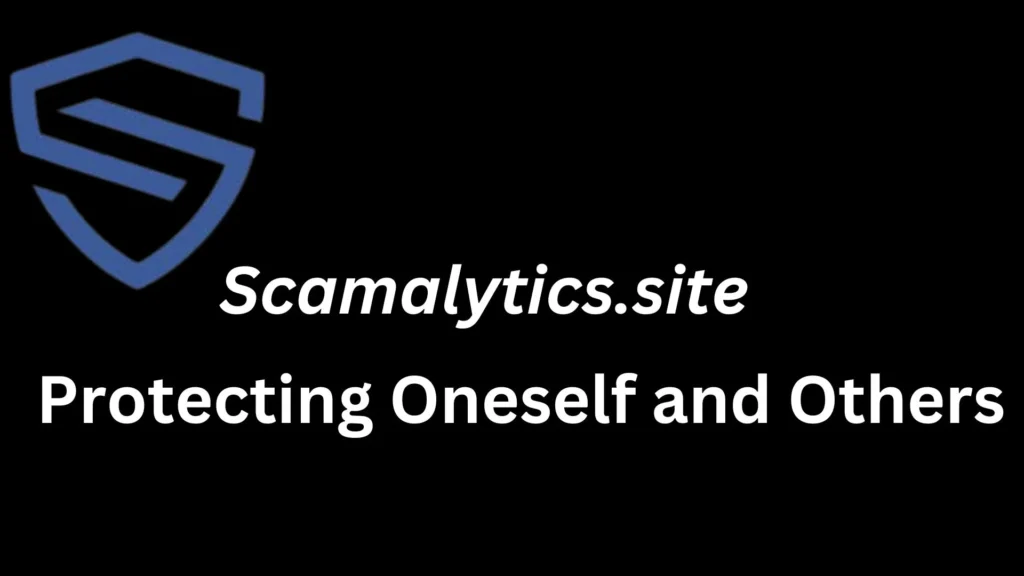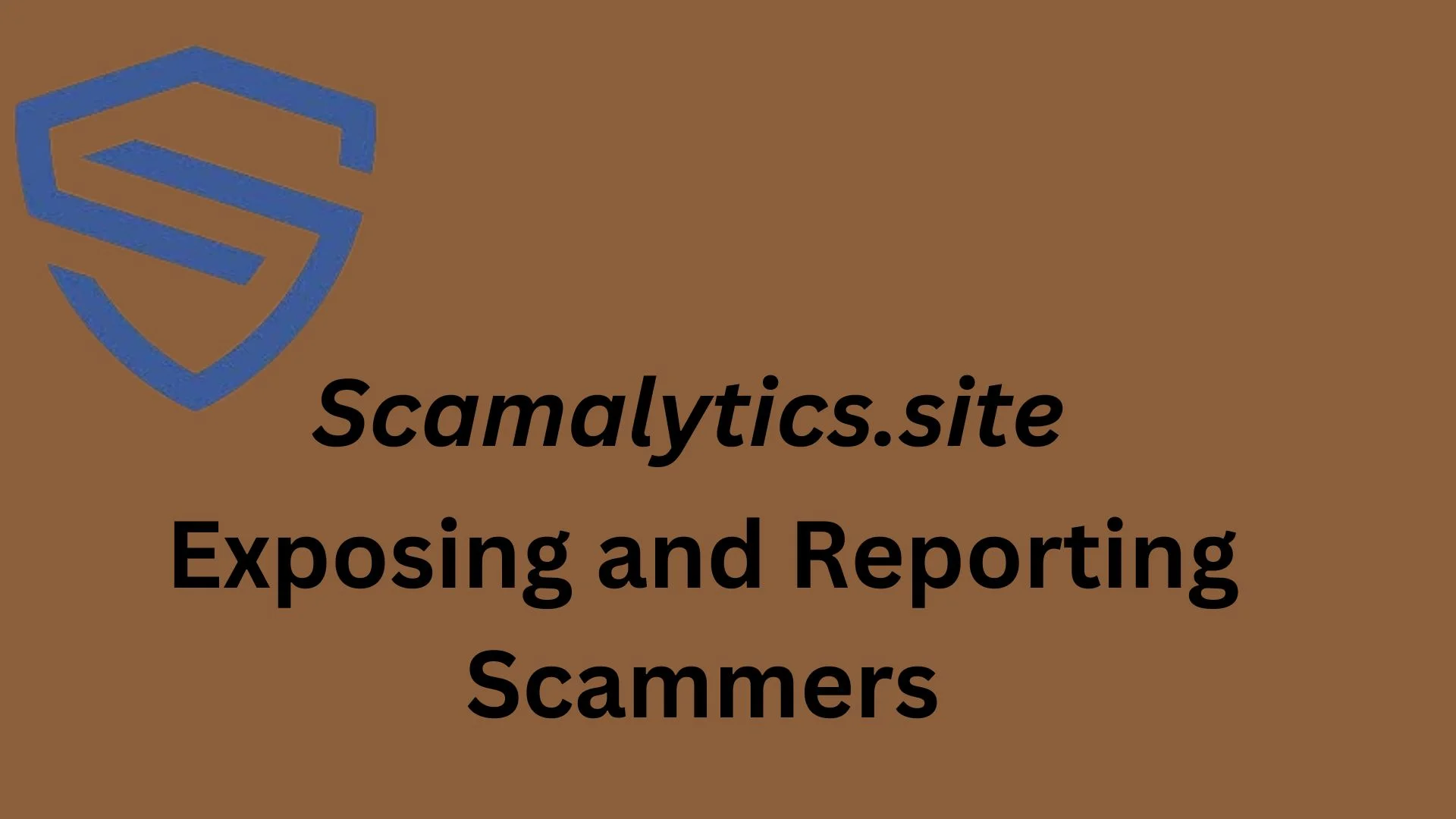Introduction
In today’s digital landscape, the threat of scams and fraudulent activities has become increasingly prevalent. Scammers, driven by greed and a disregard for ethical principles, prey on unsuspecting individuals, causing significant financial and emotional harm. However, there is power in knowledge and action. This comprehensive guide aims to empower you with the necessary information and tools to identify, report, and help end the scourge of scammers.
Understanding the Landscape of Scams
Scams come in various forms, from phishing emails and impersonation schemes to investment fraud and identity theft. Scammers often leverage the anonymity and reach of the internet to perpetrate their schemes, making it crucial for individuals to be vigilant and informed.
One of the most common scams is the phishing attack, where scammers send fraudulent emails or messages impersonating legitimate organizations or individuals. These messages may request sensitive information, such as login credentials or financial details, under the guise of urgent or important matters. Unsuspecting victims who fall for these ploys risk having their personal and financial information compromised, leading to further exploitation.
Another prevalent scam is the impersonation of authority figures, such as government officials, law enforcement, or service providers. Scammers may claim to represent these entities and demand immediate payment or personal information, often using scare tactics to coerce their victims. These scams can be particularly convincing, exploiting the public’s trust in these institutions.
Investment fraud is another insidious form of scam, where scammers promise unrealistic returns or guaranteed profits on various investment opportunities. These “get-rich-quick” schemes often target individuals seeking to grow their wealth, luring them in with the promise of easy money. Unfortunately, these investments are typically nothing more than elaborate Ponzi schemes, leaving victims with significant financial losses.
Identity theft is another persistent threat, where scammers obtain and misuse an individual’s personal information, such as their name, social security number, or credit card details. This can lead to the opening of fraudulent accounts, the accumulation of debt, and the tarnishing of the victim’s credit history, causing long-lasting financial and reputational damage.
Identifying the Red Flags of Scams
Recognizing the warning signs of a scam is crucial in protecting oneself from falling victim. By being vigilant and paying attention to the following red flags, individuals can significantly reduce their risk of becoming targeted by scammers:
- Unsolicited Contacts: Be wary of unsolicited phone calls, emails, or messages from individuals or organizations claiming to represent a legitimate entity. Legitimate businesses and authorities rarely initiate contact in this manner.
- Urgent or Threatening Demands: Scammers often create a sense of urgency or fear to pressure their victims into taking immediate action, such as providing sensitive information or making a payment. Legitimate entities will not resort to such tactics.
- Unrealistic Promises: If an offer or investment opportunity seems too good to be true, it likely is. Scammers often make exaggerated claims about potential returns or guaranteed profits to lure in their victims.
- Requests for Upfront Payments or Personal Information: Legitimate entities will not ask for sensitive information or upfront payments without a clear and transparent reason. Be wary of any such requests, especially if they come from unsolicited sources.
- Lack of Verifiable Information: Scammers often provide limited or vague details about the organization, individual, or investment opportunity they are representing. Thoroughly research and verify any claims before engaging.
- Pressure to Act Quickly: Scammers may try to rush their victims into making a decision, leaving little time for research or consideration. Legitimate offers will typically provide ample time for evaluation.
By being mindful of these red flags and taking the time to thoroughly investigate any suspicious offers or contacts, individuals can significantly reduce their vulnerability to scams.
Reporting Scams and Seeking Assistance
When an individual becomes aware of a scam or is a victim of fraudulent activities, it is crucial to take immediate action. Reporting the incident to the appropriate authorities and seeking assistance can help prevent further harm and potentially aid in the investigation and prosecution of the perpetrators.
- Reporting to Law Enforcement:
- If you have been a victim of a scam or have encountered suspicious activities, contact your local law enforcement agency or the nearest police station.
- Provide them with detailed information about the scam, including any relevant communication, financial records, and personal details that may have been compromised.
- Law enforcement agencies can initiate investigations, gather evidence, and coordinate with other authorities to combat the scam.
- Reporting to Regulatory Agencies:
- Depending on the nature of the scam, various regulatory agencies specialize in addressing specific types of fraud.
- For example, the Federal Trade Commission (FTC) in the United States handles a wide range of consumer protection issues, including financial fraud and identity theft.
- The Securities and Exchange Commission (SEC) investigates investment-related scams, such as Ponzi schemes and fraudulent securities offerings.
- Reporting to these agencies can aid in the identification of patterns and trends, ultimately leading to more effective enforcement and consumer protection measures.
- Reporting to Consumer Protection Organizations:
- Organizations such as the Better Business Bureau (BBB) and consumer advocacy groups often maintain databases of reported scams and can provide guidance and support to victims.
- Reporting to these entities can help raise awareness and warn others about the ongoing scam, potentially preventing further victimization.
- Seeking Assistance from Financial Institutions:
- If a scam has resulted in financial loss or the compromise of sensitive financial information, contact your bank, credit card provider, or other relevant financial institutions immediately.
- They can assist in freezing accounts, issuing fraud alerts, and facilitating the recovery of any stolen funds, as well as provide guidance on mitigating the impact of the scam.
- Utilizing Online Reporting Platforms:
- Many countries and organizations have dedicated online platforms for reporting scams and fraudulent activities.
- For example, in the United States, the Internet Crime Complaint Center (IC3) operated by the Federal Bureau of Investigation (FBI) allows individuals to report internet-based crimes.
- These platforms often provide centralized databases and facilitate the coordination of investigative efforts across various law enforcement agencies.
By reporting scams through multiple channels, victims can increase the likelihood of their cases being addressed and contribute to the broader efforts to combat fraudulent activities.
Protecting Oneself and Others

In addition to reporting scams, there are several proactive steps individuals can take to protect themselves and help safeguard their communities from the impact of scams:
- Educate Yourself and Others:
- Stay informed about the latest scam trends and techniques by regularly accessing reputable sources of information, such as government agencies, consumer protection organizations, and cybersecurity experts.
- Share this knowledge with family, friends, and members of your community, especially vulnerable populations like the elderly or the financially inexperienced.
- Implement Robust Security Measures:
- Utilize strong and unique passwords for all online accounts, and consider using a password manager to enhance security.
- Enable two-factor authentication wherever possible to add a layer of protection against unauthorized access.
- Keep your software and devices up to date with the latest security patches and updates to mitigate known vulnerabilities.
- Be Vigilant and Skeptical:
- Approach unsolicited contacts, offers, and requests with a critical eye, and don’t hesitate to verify the legitimacy of the source before engaging.
- Trust your instincts – if something seems too good to be true or raises red flags, it’s likely a scam.
- Never provide sensitive information or make payments without thoroughly verifying the recipient’s identity and the request’s legitimacy.
- Monitor and Protect Your Financial Accounts:
- Regularly review your bank statements, credit card statements, and credit reports for any suspicious activity.
- Consider enrolling in credit monitoring services or identity theft protection programs to quickly detect and respond to potential fraudulent activities.
- Promptly report any unauthorized transactions or signs of identity theft to your financial institutions and credit bureaus.
- Advocate for Stronger Regulations and Enforcement:
- Support efforts by government agencies, consumer protection organizations, and advocacy groups to strengthen laws and enforcement mechanisms against scams and fraudulent activities.
- Engage with local and national representatives to voice your concerns and advocate for policies that better protect consumers and hold scammers accountable.
By taking these proactive measures and remaining vigilant, individuals can significantly reduce their vulnerability to scams and contribute to the broader effort to create a safer and more secure environment for all.
Conclusion
The rise of scams and fraudulent activities is a pressing issue that affects individuals, communities, and society as a whole. By equipping ourselves with the knowledge and tools to identify, report, and protect against these threats, we can take an active role in combating the scourge of scammers.
Reporting scams to the appropriate authorities and regulatory agencies is a crucial step in disrupting the operations of these criminal enterprises. When individuals come forward and share their experiences, it helps build a comprehensive understanding of the evolving landscape of scams, allowing law enforcement and consumer protection organizations to develop more effective strategies and interventions.
Equally important is the need to educate ourselves and our communities about the various types of scams and the warning signs to watch out for. By sharing this knowledge and fostering a culture of vigilance, we can empower others to make informed decisions, avoid falling victim to scams, and become active participants in the fight against fraudulent activities.
Ultimately, the battle against scammers requires a multi-faceted approach. While individual actions like reporting and raising awareness are essential, it is equally vital to advocate for stronger regulations, harsher penalties, and more robust enforcement mechanisms to hold scammers accountable and deter future criminal enterprises.
By working together, we can create a safer and more secure environment, safeguarding ourselves, our loved ones, and our communities from the devastating impact of scams. The power to make a difference lies in our collective commitment to this cause, and by taking action, we can collectively turn the tide against the scourge of scammers.

